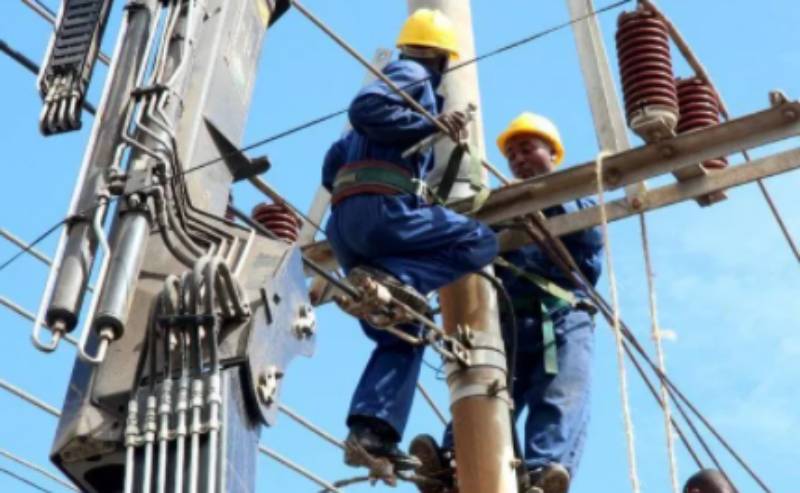The world is becoming more cognisant of the need to shift to renewable energy. Clean and renewable energy is such a priority that the United Nations has dedicated an entire development goal to the realisation of clean energy.
Sustainable Development Goal 7 (SDG7) focuses on access to affordable, reliable, sustainable and modern energy for all. Use of renewable and efficient energy sources contributes to mitigation of the climate crisis we face.
The first quarter of 2020 saw the global renewable energy generation jump to 28 per cent from 26 per cent in 2019. This trajectory is expected to be at 45 per cent by 2040. Kenya is on the right track as far as installed capacity is concerned. She leads Africa in production of renewable energy, with an estimated 70 per cent of her electricity generated from clean sources.
Kenya Power, owing to a decline in demand occasioned by the Covid-19 crisis, has had to reduce its supply from a possible 2,800MW to 1,926MW, even hitting a record low of 1,765MW at the onset of the pandemic following a freeze on various economic sectors.
This would have had some impact on customers’ pockets had the electricity mix reduced reliance on burning fossil fuels and instead focused on distributing renewable energy. When paired with reduced carbon emissions, the switch to green energy should be a no-brainer. Read More
The potential for trading carbon credits earned by renewable electricity generators present an additional revenue stream that Kenya can explore. With Kenya Power recently recording its first loss in 17 years, there is need to change the situation. Costs that contribute to the parastatal’s losses are often passed on to consumers.
A switch from over-reliance on thermal energy would result in savings for Kenya Power and, in turn, electricity consumers. As Kenya’s sole distributor, Kenya Power chooses who to buy electricity from, and enjoys a demand-supply imbalance. Stating, therefore, that it was taken advantage of by independent power producers – as was implied in a recent article in one of the local dailies – is simply to misconstrue the situation.
Last year, Kenya entered into a bilateral agreement with Ethiopia to import 200MW in 2020 as a measure to reduce reliance on expensive thermal energy. Imports from Uganda were also reportedly increased despite the commissioning of additional renewable energy plants in Kenya last year.
In what seems like a further misstep, there is a push for a 1,050MW coal-fired […]
